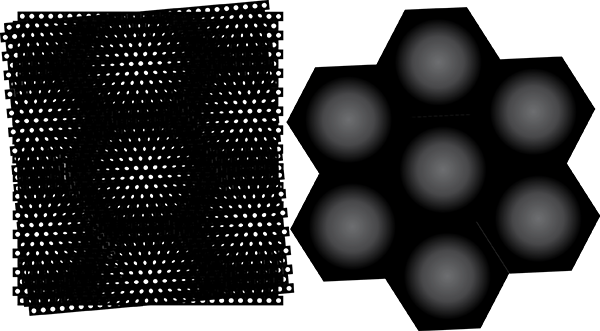Normally, in the introduction to an article, I would provide a “hook”, explaining my interest in the topic, and why you should be too. But my usual approach felt wrong here, since I cannot justify my own interest, and arguably if you’re reading this rather than scrolling past the title, you should be less interested than you currently are.
So, review scores. WTF are they? I don’t have the answers, but I sure have some questions. Why is 0/10 bad, 10/10 good, and 5/10… also bad? What goals do people have in assigning a score, and do they align with the goals of people reading the same score? What does it mean to take the average of many review scores? And why do we expect review scores to be normally distributed?
Mathematical structure
Review scores are intuitively understood as a measure of the quality of a work (such as a video game, movie, book, or LP)–or perhaps a measure of our enjoyment of the work? Already we have this question: is it quality, or is it enjoyment, or are those two concepts the same? But we must leave that question hanging, because there are more existentially pressing questions to come. Review scores do more than just express quality/enjoyment, they assign a number. And numbers are quite the loaded concept.


